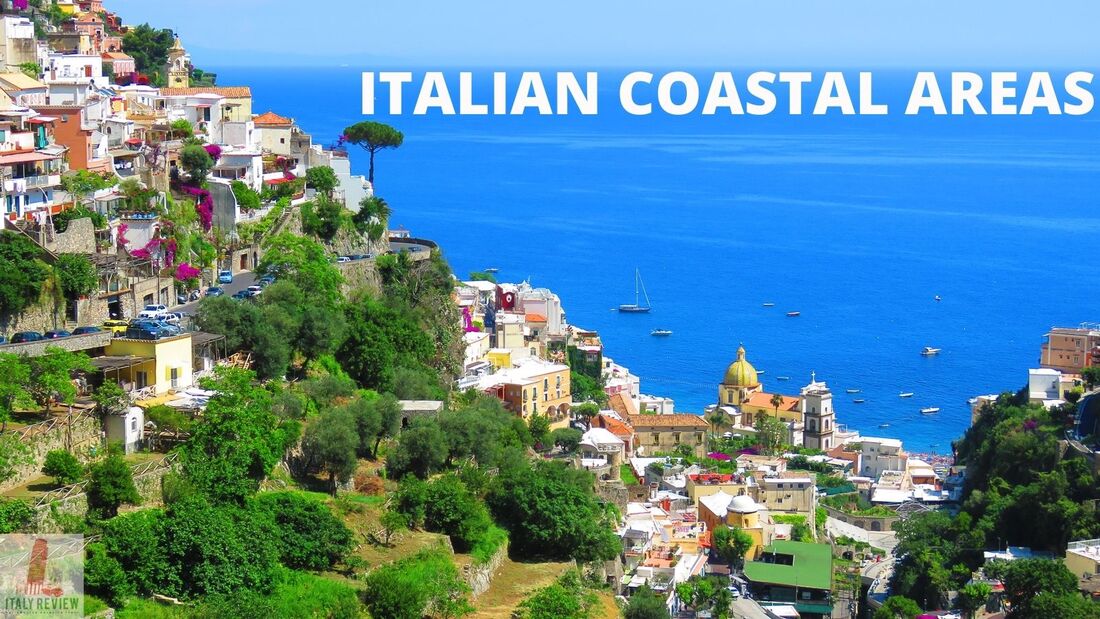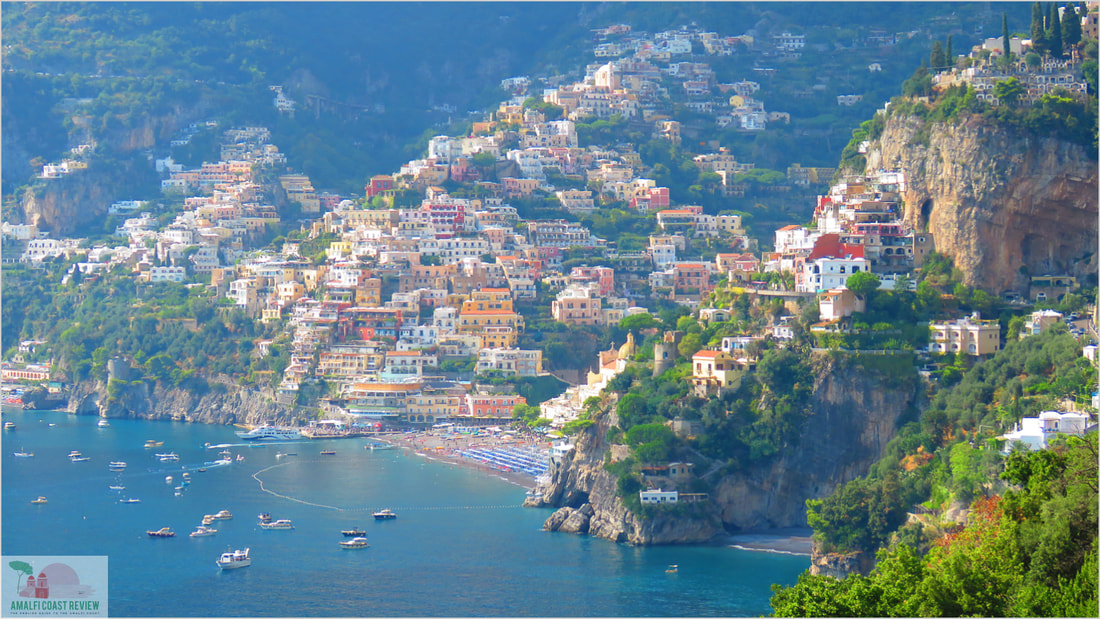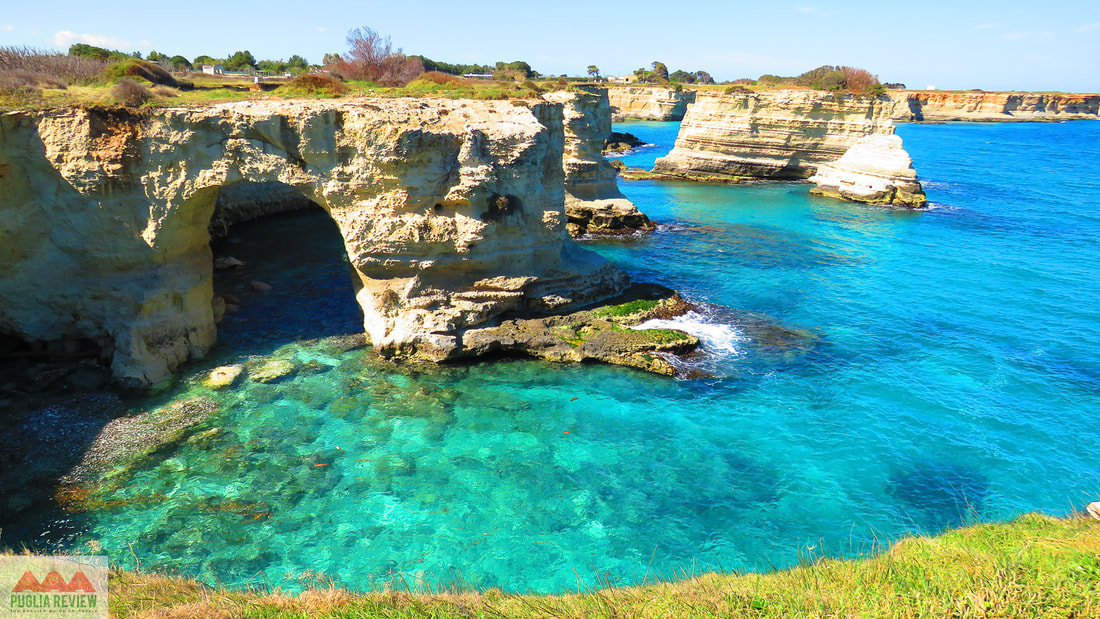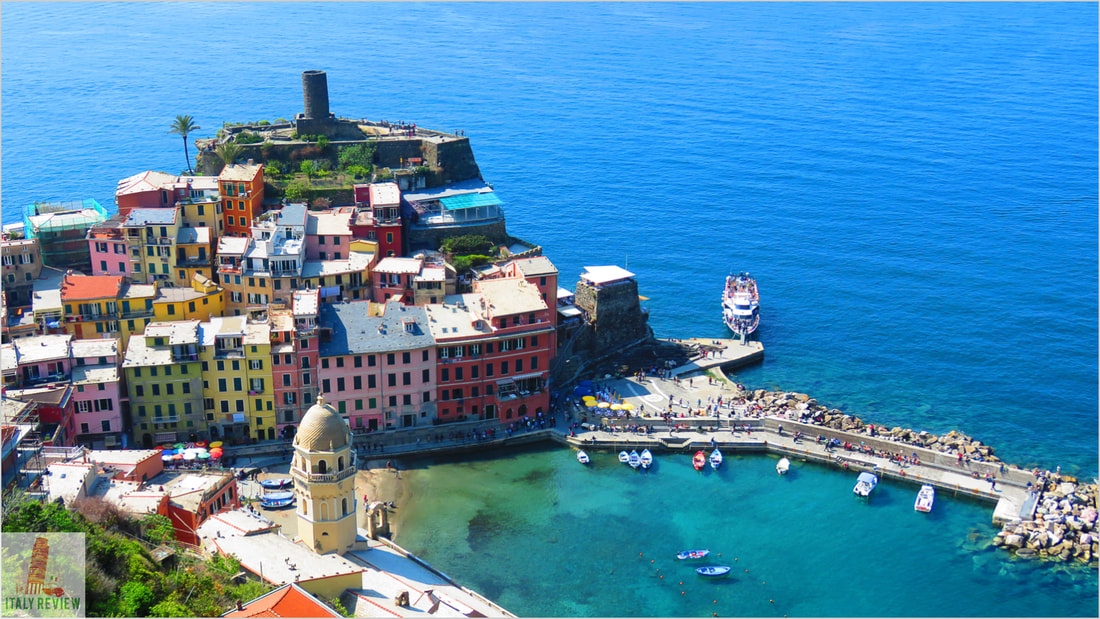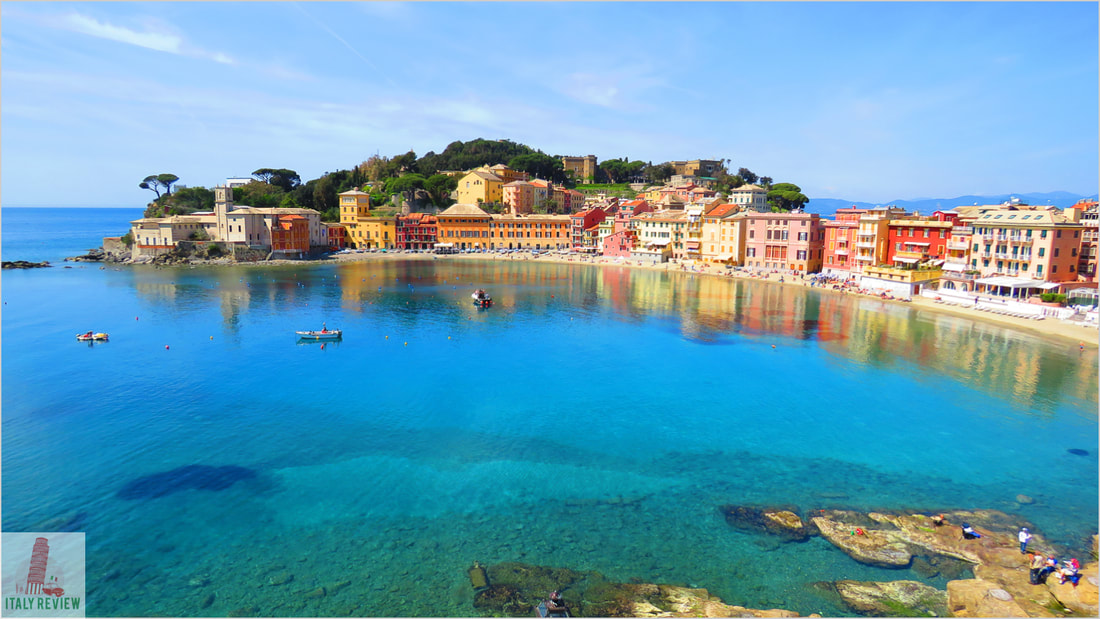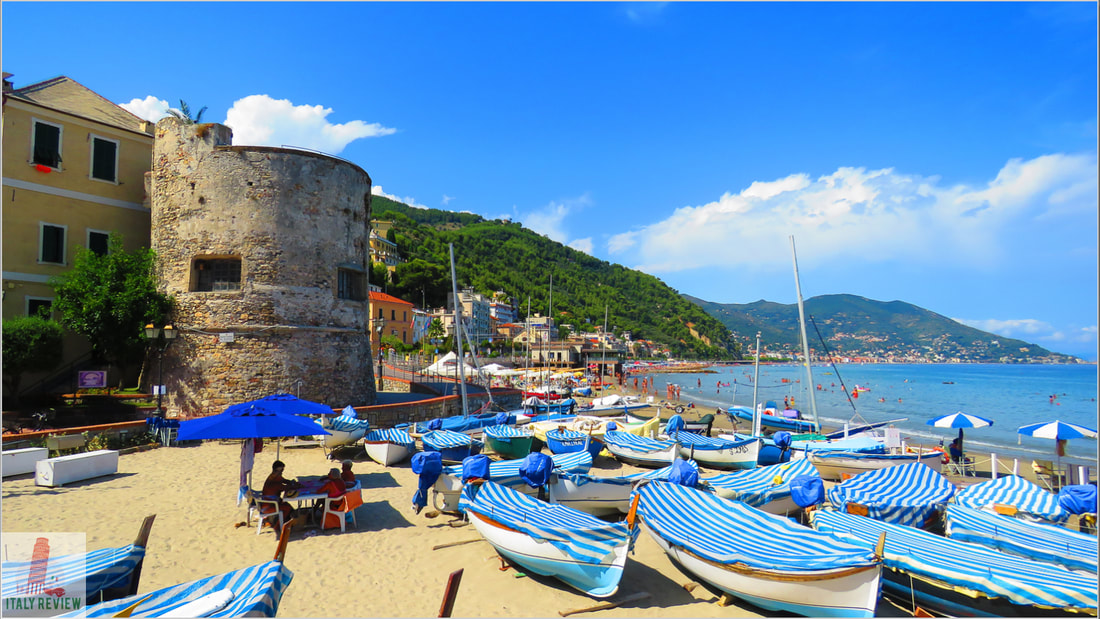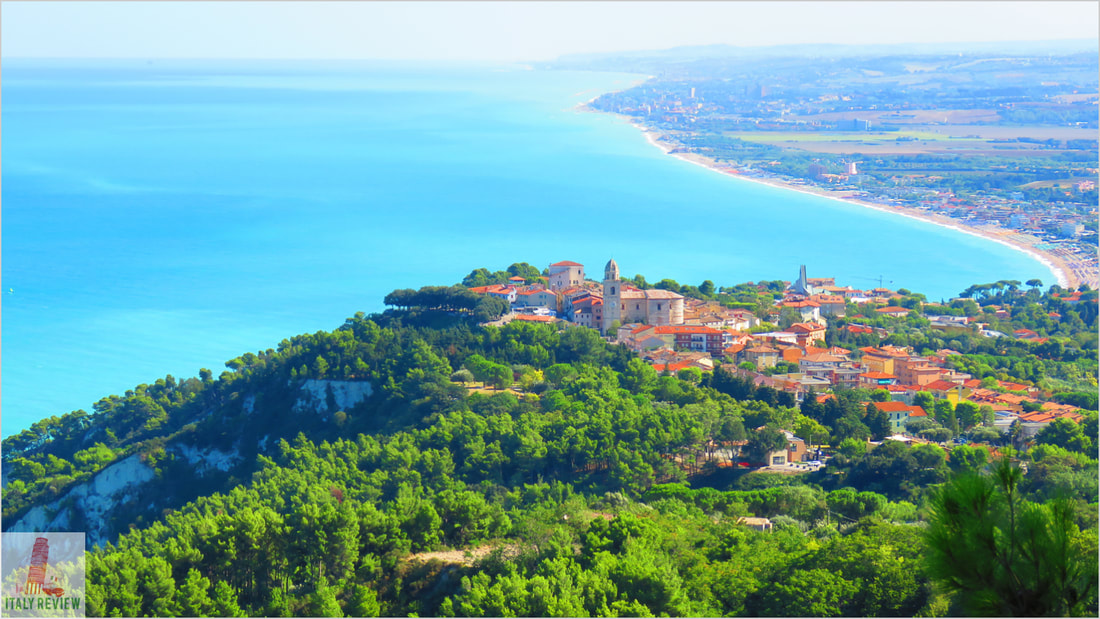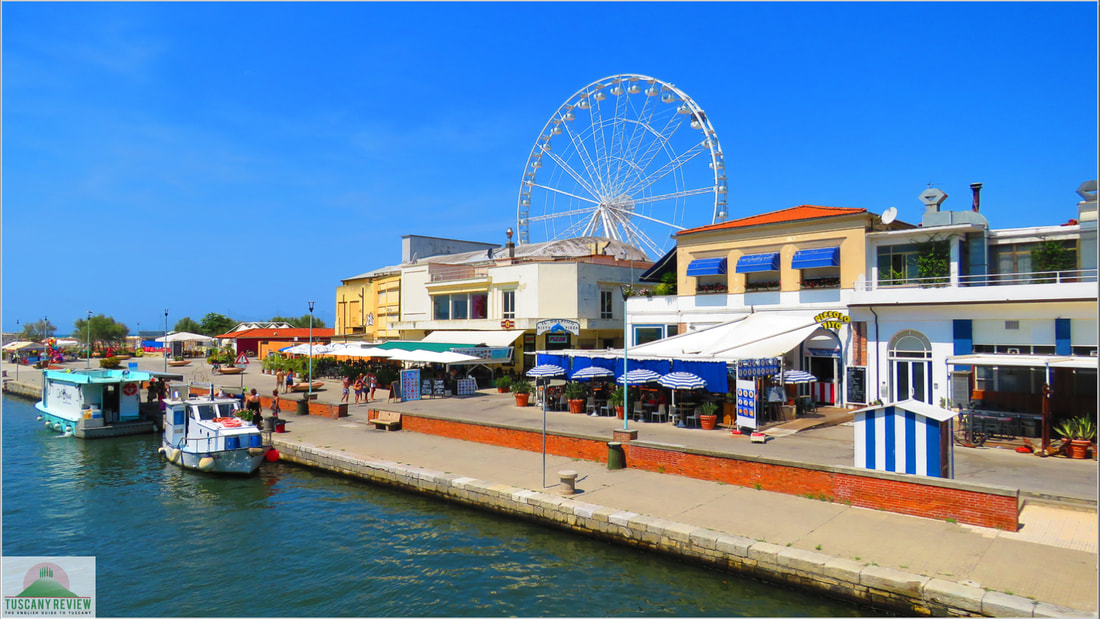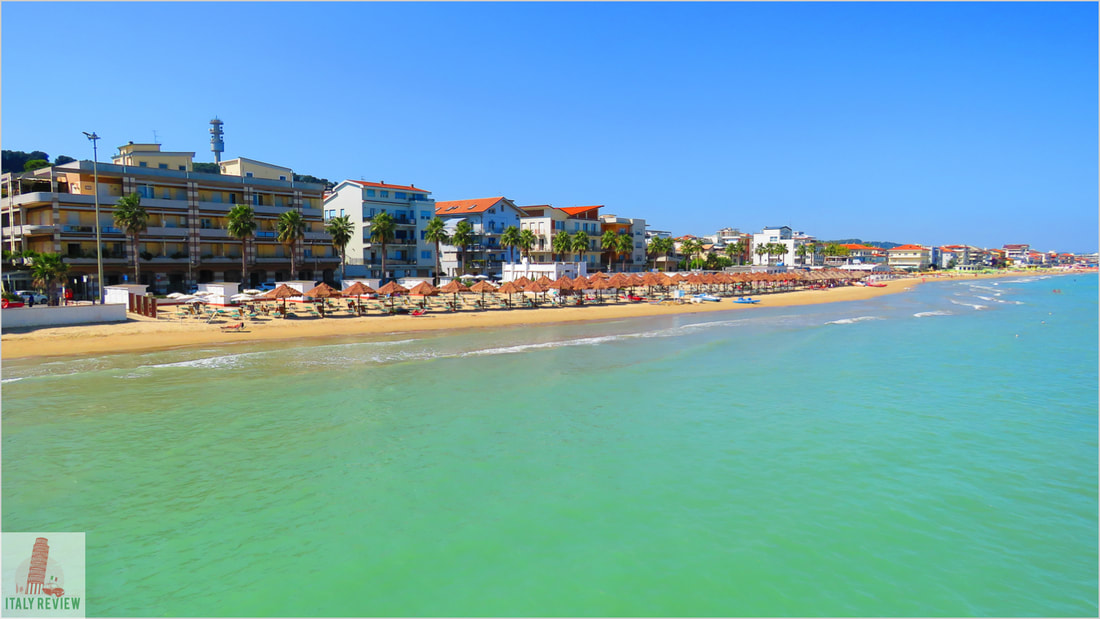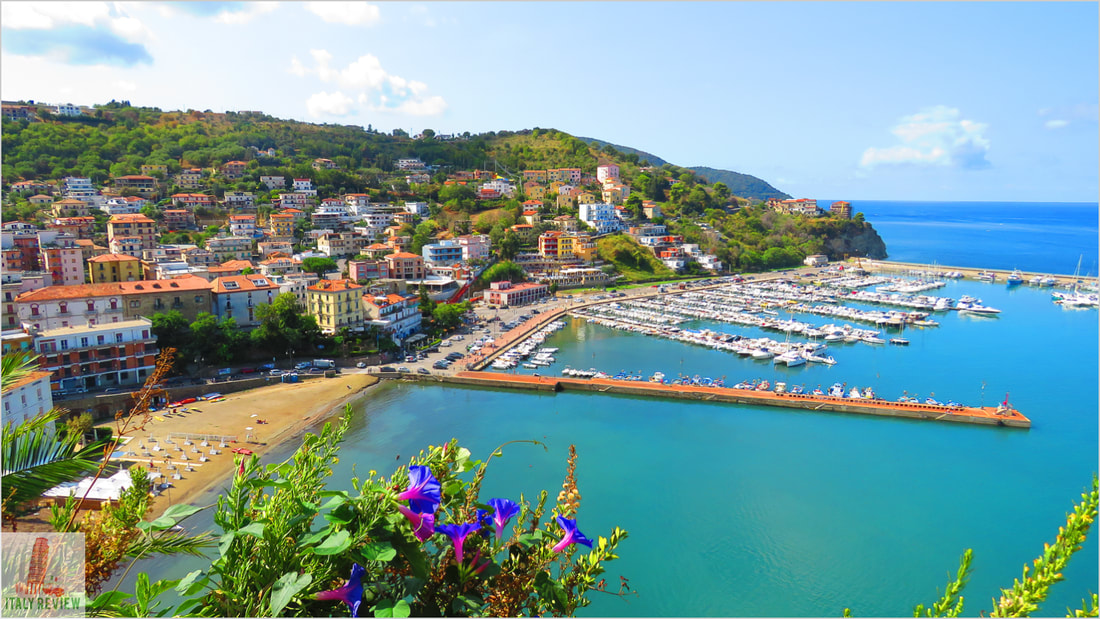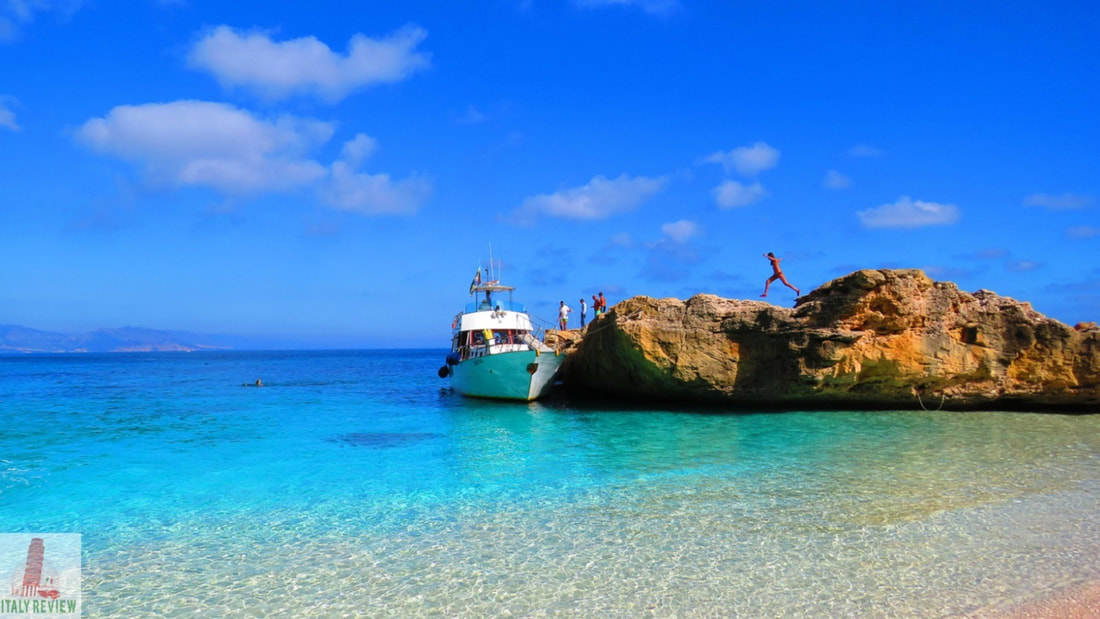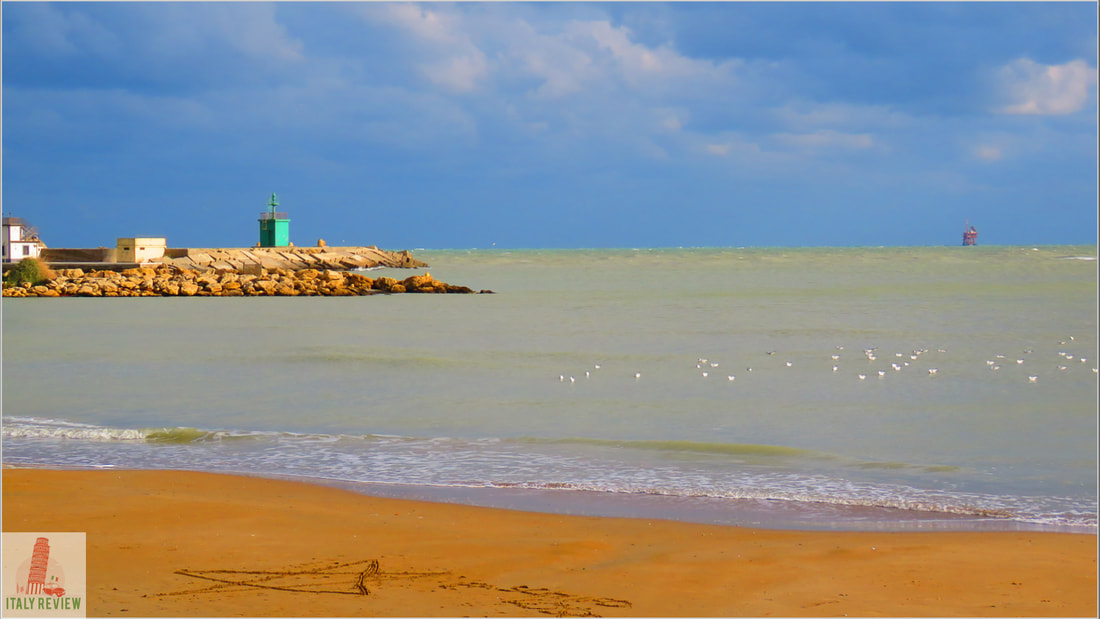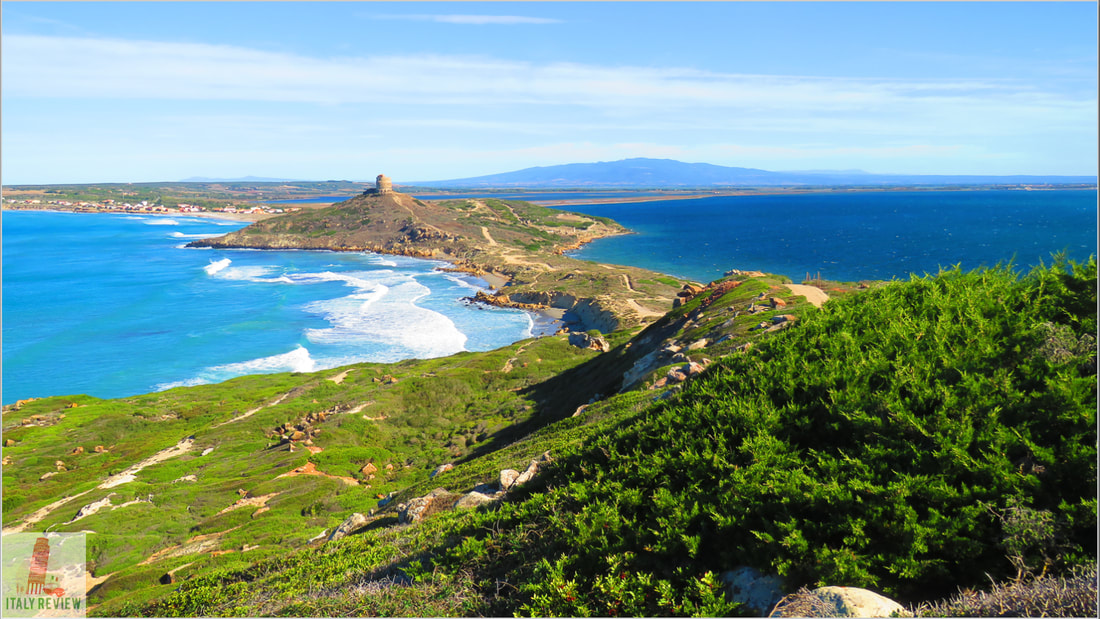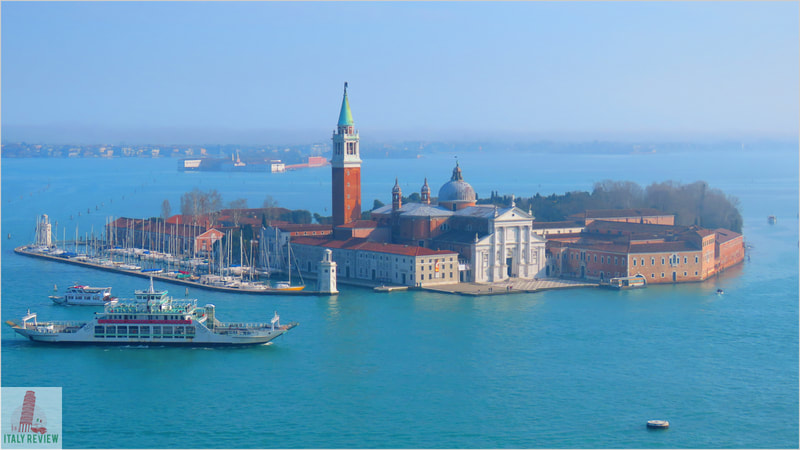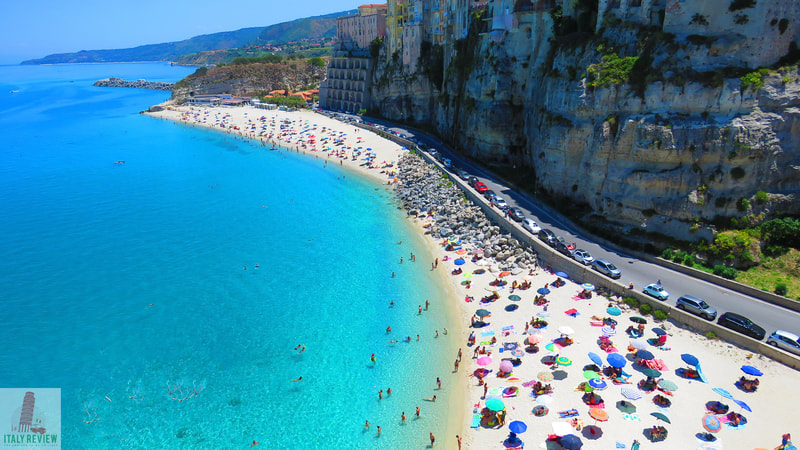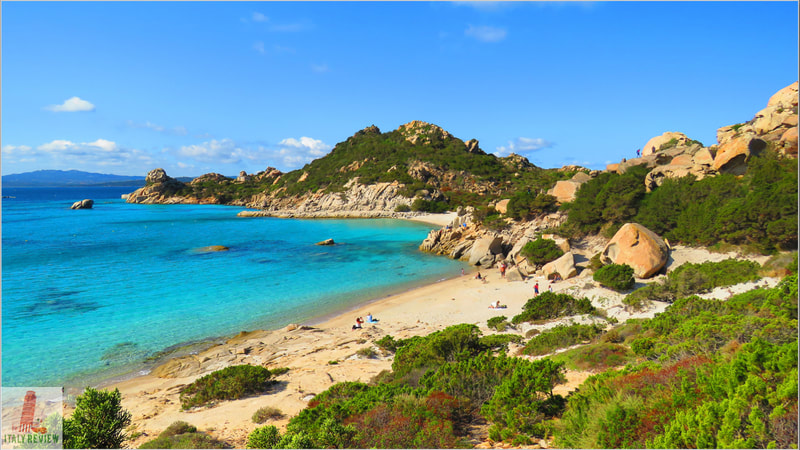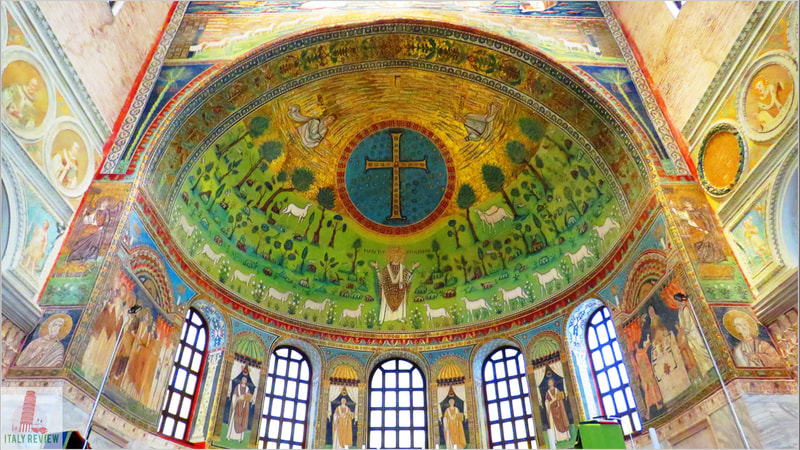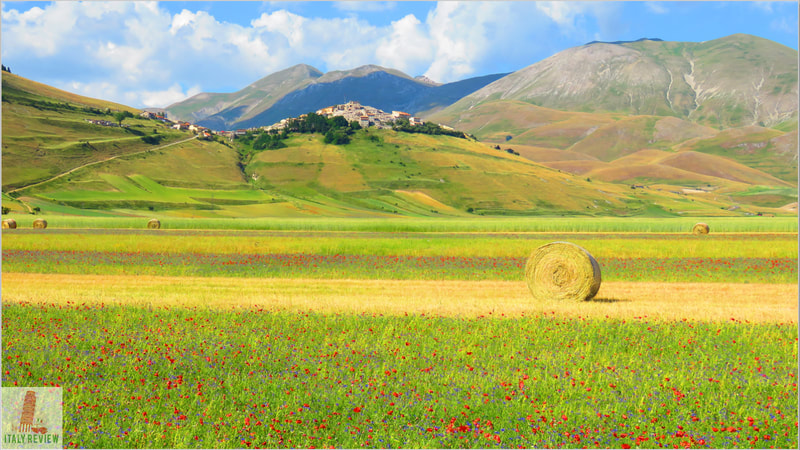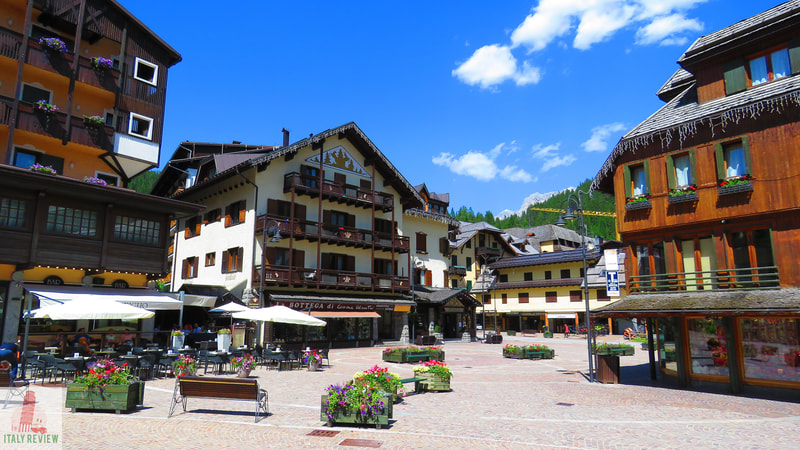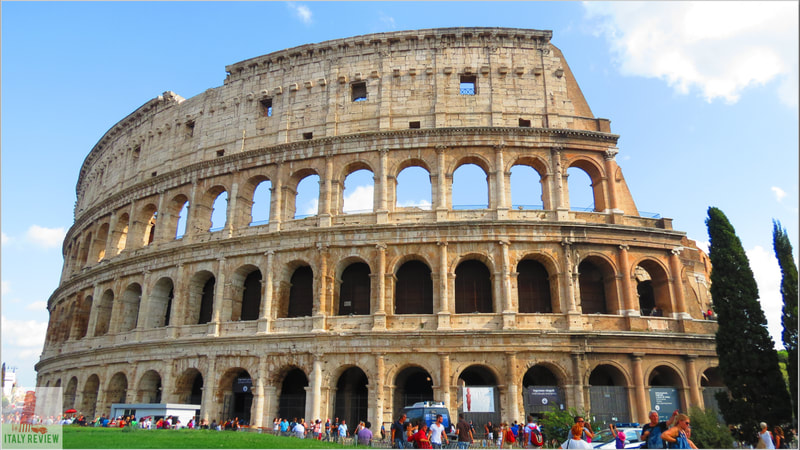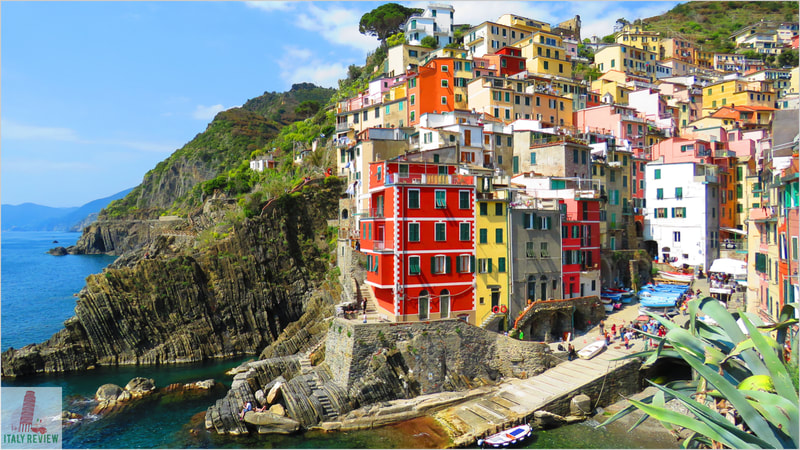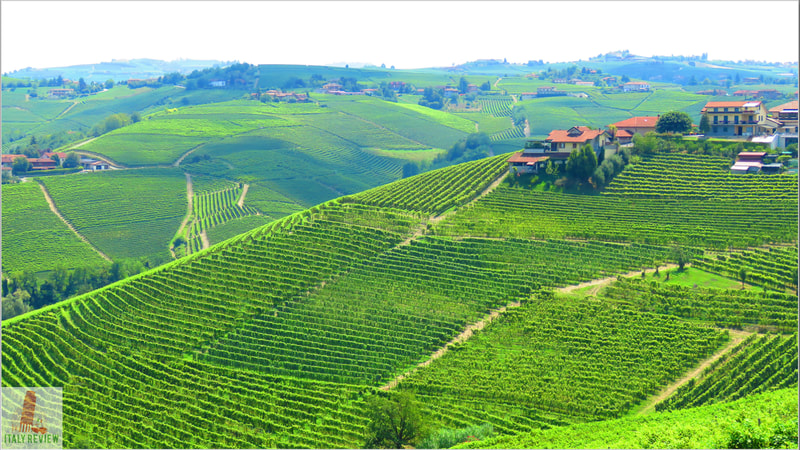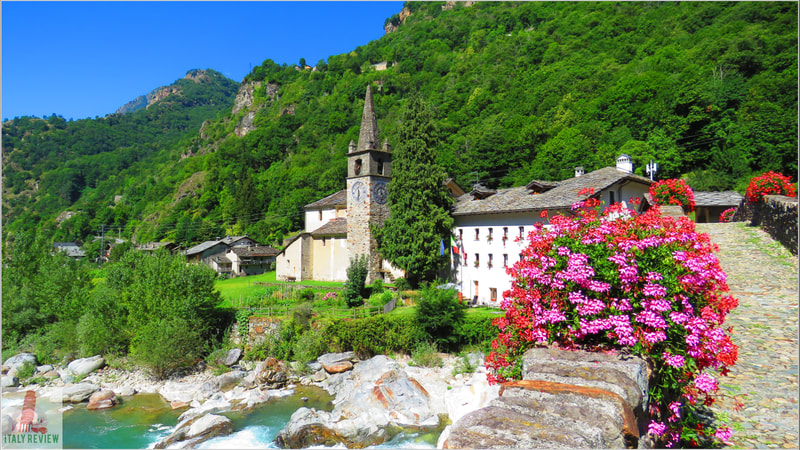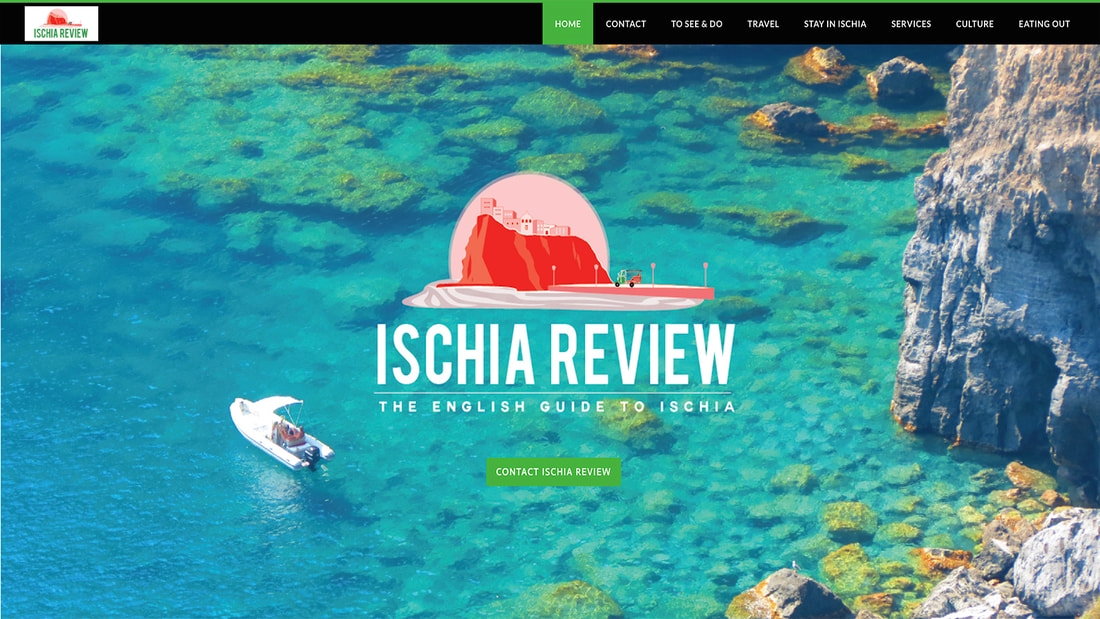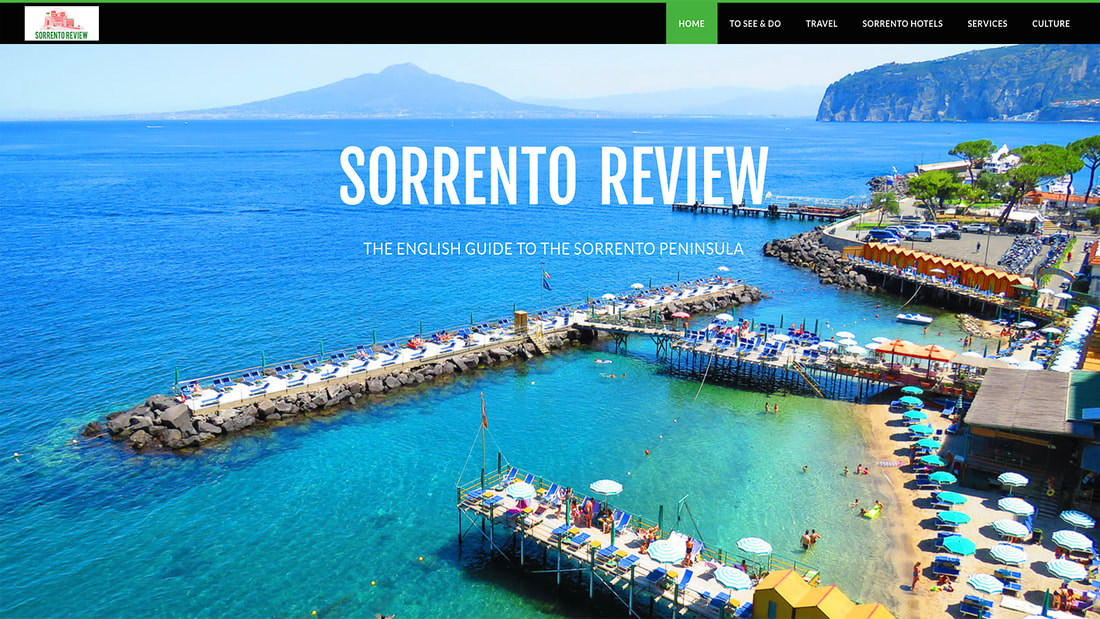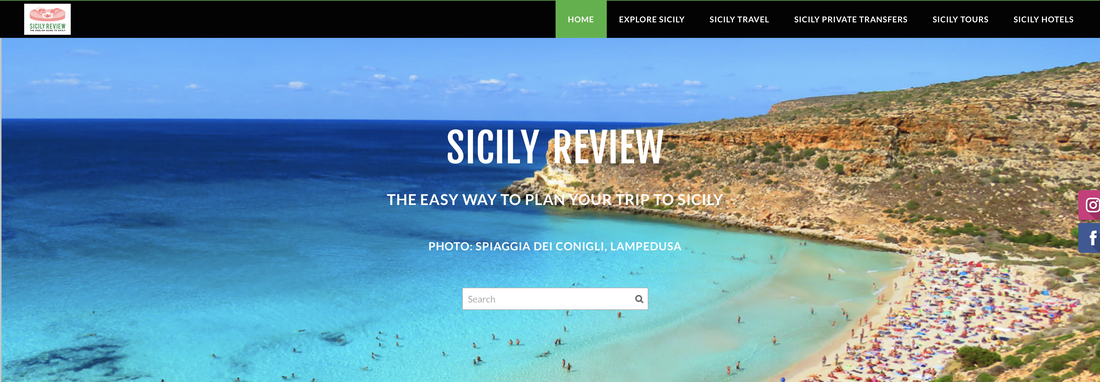ITALIAN COASTAL AREAS
|
By Dion Protani
|
Latest update: 17 January 2024
|
|
Perhaps the most famous of all the italian coastal areas is the 40 kilometre long Amalfi Coast in the region of Campania which faces out on to the Tyrrhenian Sea.
However, serving to demonstrate the varying size of the numerous coastlines, we find the Tyrrhenian Coast itself stretches almost a thousand kilometres, from the Tuscan Archipelago, down through the hundreds of coastal towns in the southern Italian regions of Lazio, Campania, Basilicata, Calabria and Sicily. Every corner of mainland Italy's coastline is captured on this page as well as those of the two island regions of Sardinia and Sicily. |
Related links
The Salento is a sub region of Puglia which roughly covers the heel if you think of Italy as being the shape of a boot.
The rugged Salento coastline provides some of the most spectacular scenery and beaches in the country, facing out on to the Adriatic Sea on one side and the Ionian Sea on the other. Among its most popular locations are the towns of Gallipoli and Otranto.
Much smaller than the Salento is the Cinque Terre in the northern region of Liguria; it consists of five villages that make up part of a UNESCO World Heritage Site along with the seaside town of Portovenere and the small group of islands including Palmaria. The Cinque Terre represents just a tiny part of the Riviera di Levante, the coastline that stretches east from the city of Genoa, while heading in the other direction towards the border of France is the Riviera di Ponente.
Aside from the Salento, the region of Puglia has a second coastal area which is just as charming; facing out on to the Adriatic Sea in the Province of Foggia, the Gargano Peninsula has a fascinating hinterland of forests and lakes with a coastline of jagged rocks, quiet coves of crystal clear water and attractive seaside resorts such as Vieste, Peschici and Rodi Garganico. It's also possible to take a ferry from the Gargano Peninsula out to the little archipelago known as the Tremiti Islands which are particularly popular during the summer.
The rugged Salento coastline provides some of the most spectacular scenery and beaches in the country, facing out on to the Adriatic Sea on one side and the Ionian Sea on the other. Among its most popular locations are the towns of Gallipoli and Otranto.
Much smaller than the Salento is the Cinque Terre in the northern region of Liguria; it consists of five villages that make up part of a UNESCO World Heritage Site along with the seaside town of Portovenere and the small group of islands including Palmaria. The Cinque Terre represents just a tiny part of the Riviera di Levante, the coastline that stretches east from the city of Genoa, while heading in the other direction towards the border of France is the Riviera di Ponente.
Aside from the Salento, the region of Puglia has a second coastal area which is just as charming; facing out on to the Adriatic Sea in the Province of Foggia, the Gargano Peninsula has a fascinating hinterland of forests and lakes with a coastline of jagged rocks, quiet coves of crystal clear water and attractive seaside resorts such as Vieste, Peschici and Rodi Garganico. It's also possible to take a ferry from the Gargano Peninsula out to the little archipelago known as the Tremiti Islands which are particularly popular during the summer.

